Cistus Concrete
Cistus, also known as rock rose, is a resilient evergreen shrub commonly found in Mediterranean regions. Known for its aromatic flowers and medicinal properties, Cistus has also become a promising ingredient in sustainable construction. The extraction process involves carefully harvesting the resin and refining it to create a substance suitable for concrete production.
Description
- Botanical Name – Cistus Landaniferus
- Plant Family – Cistaceae
- Plant Part Used – Flowers and Leaves
- Color and Appearance – Browinish Green thick viscous liquid
- Extraction Method – Solvent Extraction
- Odor Strength – Medium
- Country of Origin – India/Spain
- Odor – Sweet, Balsamic
- Blends well with – Oakmoss, Clary sage, Pine, Juniper Berry, Opoponax,
Cistus concrete, also known as Labdanum absolute or Rockrose absolute, is a natural resin extracted from various species of Cistus plants, primarily Cistus ladanifer. This resin is obtained through solvent extraction or steam distillation, resulting in a highly aromatic and viscous substance with a rich amber color.
Extraction Process
The process of extracting Cistus concrete involves meticulous care and precision. Harvesters carefully collect the resin from the leaves and stems of Cistus plants, employing traditional methods passed down through generations. Once collected, the resin undergoes extraction using solvents or steam, yielding a potent and aromatic substance prized for its therapeutic properties.
Applications and Uses
Perfumery
In the realm of perfumery, Cistus concrete is prized for its warm, resinous aroma and fixative properties. Perfumers often incorporate it into fragrances to enhance longevity and add depth and complexity to olfactory compositions.
Skincare
Cistus concrete’s antioxidant and anti-inflammatory properties make it a sought-after ingredient in skincare formulations. Its ability to promote skin regeneration and combat free radical damage has led to its inclusion in serums, creams, and facial oils designed to nourish and rejuvenate the skin.
Aromatherapy
The rich, earthy scent of Cistus concrete makes it a popular choice in aromatherapy practices. Its calming and grounding aroma is believed to alleviate stress, promote relaxation, and enhance mental clarity when used in diffusers, massage oils, or bath blends.
This information is provided solely for educational purposes and should not be considered as advice for diagnosing, treating, curing, or preventing any disease or health condition. It is not meant to serve as a prescription. Please note that this information might not be exhaustive or entirely accurate.
When using essential oils, always dilute them before use. Do not ingest them unless under the guidance of a qualified expert. Keep essential oils out of reach of children. When applying to the skin, first conduct a patch test on a less sensitive area of the body, ensuring the oil is properly mixed with a suitable carrier.
Additional information
| Weight | 100GM, 500GM, 1KG |
|---|


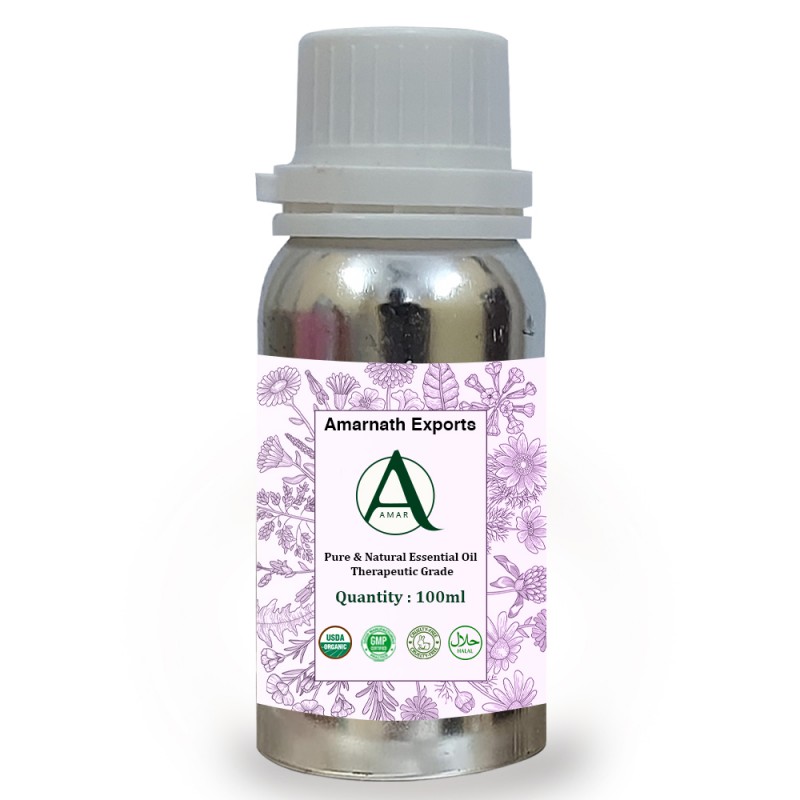


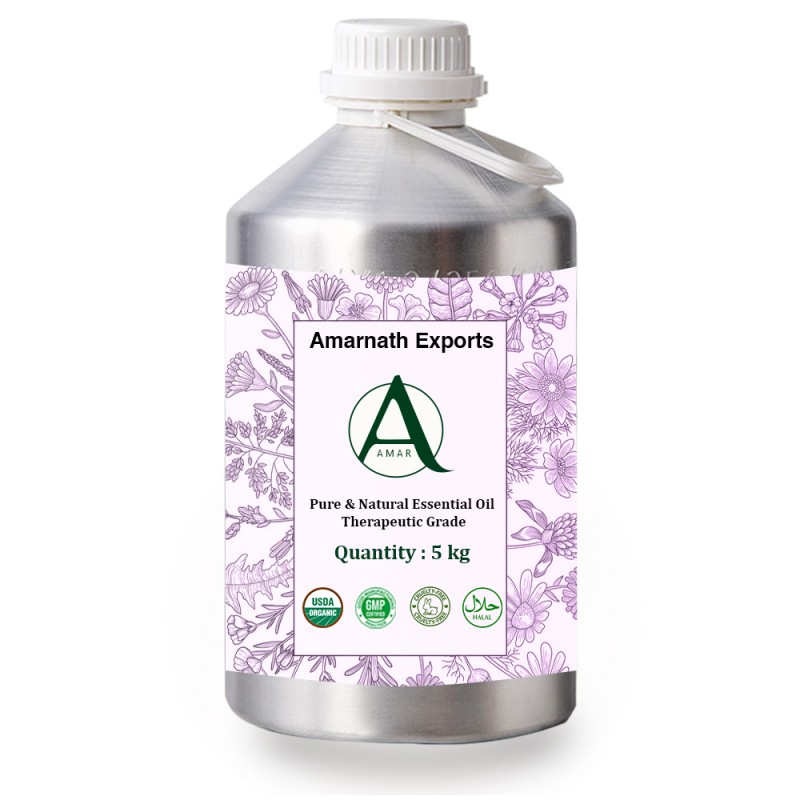
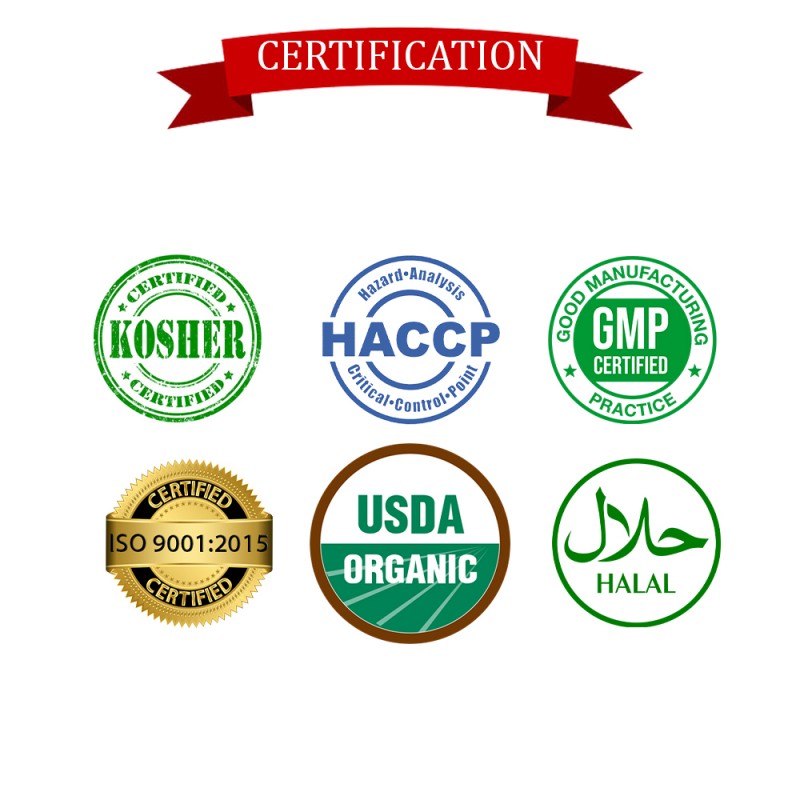
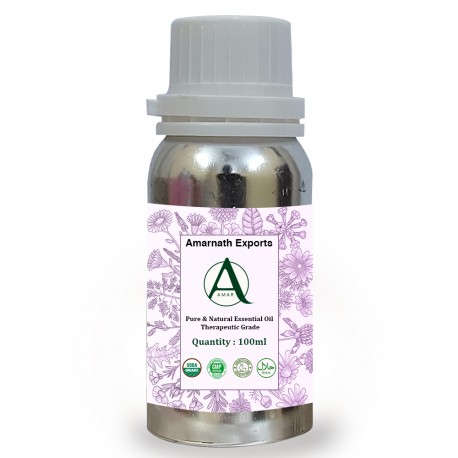
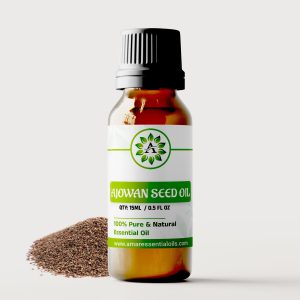
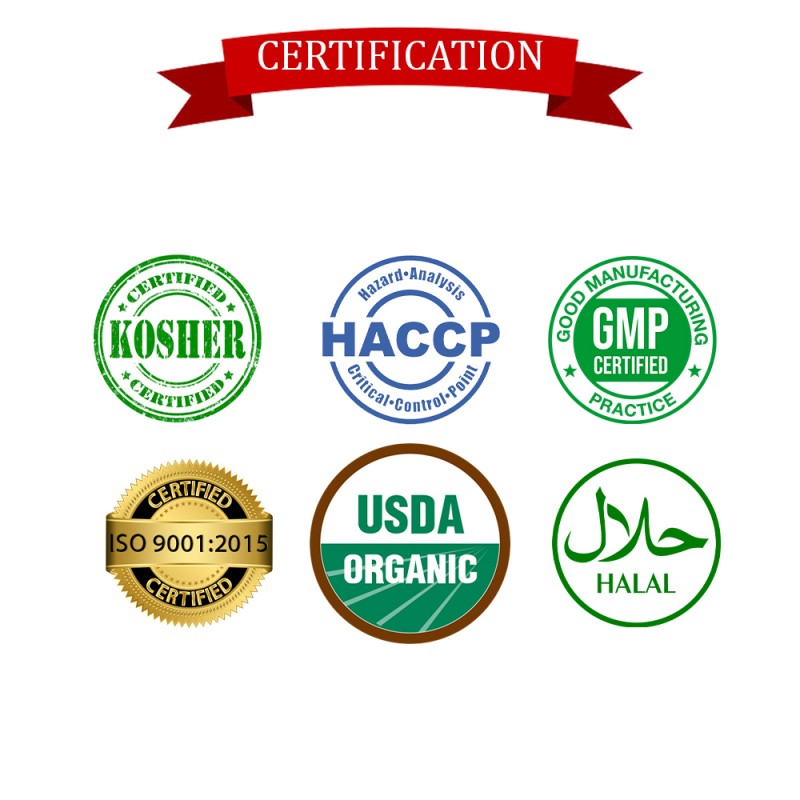
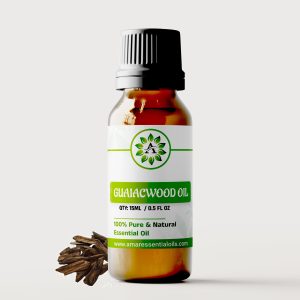

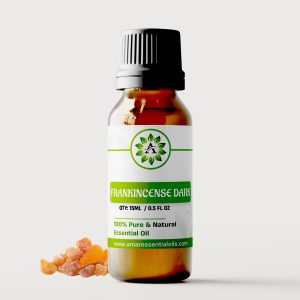
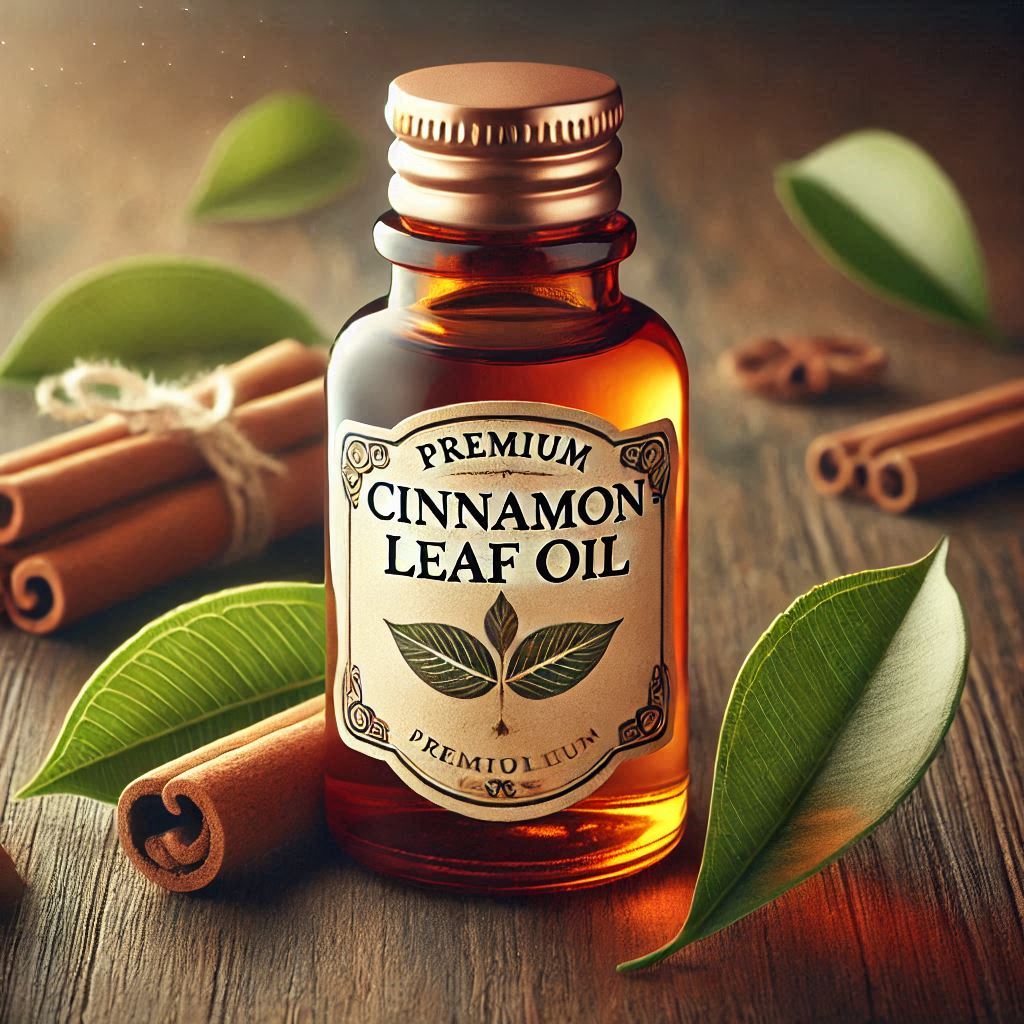

Reviews
There are no reviews yet.